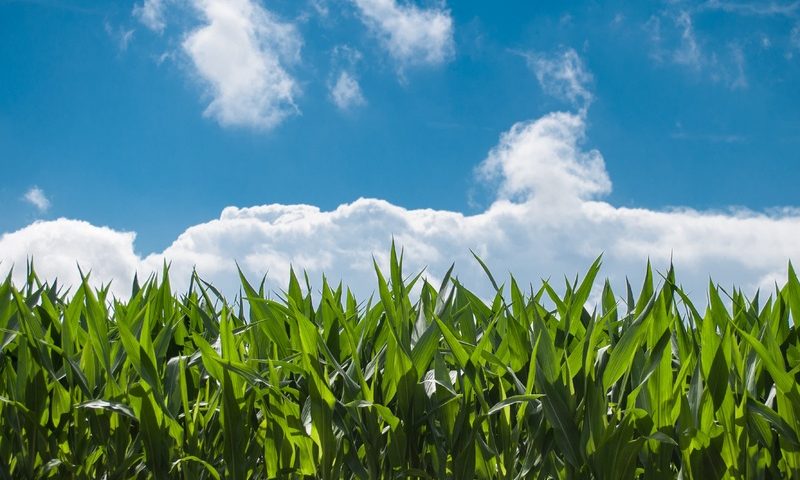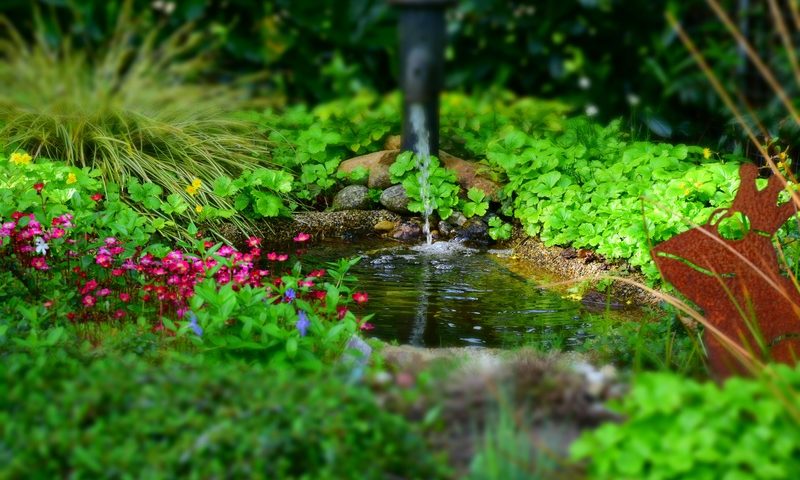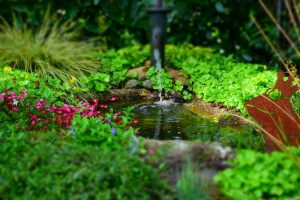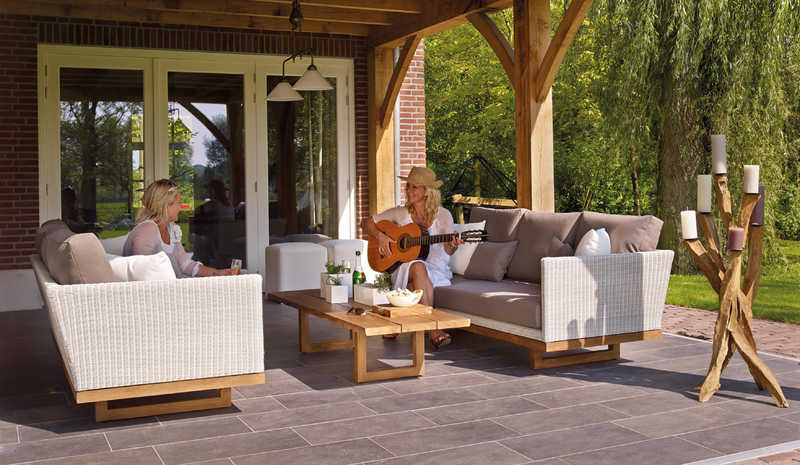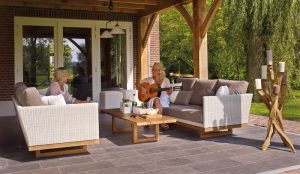
Remember the tale of Goldilocks and the Three Bears? In the story, a family of bears goes for a walk when their breakfast porridge is too hot to eat. While they’re away, a girl named Goldilocks goes into their house, sees the food, and decides to eat. She tries the first chair, which is too big and too hard and the porridge is too hot. She tries the second chair, which is too soft, and the porridge at that place setting was too cold. Finally, she tries the third chair, which was just right for her. The porridge was just the right temperature, too, so she ate it all.
That’s not the entire story, of course, but it’s one that might come to mind when you think of watering your Olathe landscape, especially in the thick of summer. How much water is too much? How much is not enough? And how do you get it “just right?”
Read on to learn more about how you can determine the right amount of water for your Johnson County lawn and landscape.
The General Rule Might Apply
Generally speaking, Olathe landscapes and lawns need 1 to 1.5 inches of water per week. This can come from rainfall or watering. And, of course, this is a very broad stroke of a guideline. Factors including type of grass, soil type, regional conditions, and lawn age can make a difference and change the ideal amount of water for your particular landscape.
Another oft-followed rule of thumb is to water to a depth of 6 to 8 inches, which is the desired depth of healthy, thriving roots.
Johnson County Lawn and Landscape Watering Needs
Kansas City’s predominately heavy, clay soil means that water can be absorbed at only .2 inches per hour. Of course, no one can control the weather or how much rainfall we receive each week or month. But when deciding how often—and for how long—to water your lawn and landscape to supplement natural rainfall, it’s important to remember that overwatering soil that can’t readily soak it all in can not only result in run-off, but also in wasted money.
Know Your Flow Rate
Master gardeners at the Johnson County Extension Office advise determining the flow rate of your sprinkler/irrigation system. This page describes an easy way to measure how much water your sprinklers deliver per time period.
Once you know the flow rate of your system, you can determine how long you should run your sprinklers to supplement whatever rainfall has been received in a given week. To measure and keep tabs on whether or not your lawn is being watered effectively, try the screwdriver test: press a 6-inch screwdriver into the soil. If it goes in easily, your lawn is hydrated. If you have to fight to get in all the way, it’s time to water.
Your Olathe Landscape Might be Different
The information shared here is general, meaning it’s a guideline for most lawns and landscapes in the Johnson County area. But what if the type of grass you’ve planted requires more or less moisture? What if your hardscaping is unique or if you have a water feature that makes your yard more humid than your neighbor’s yard?
Working with a landscape architect can help you determine even the routine measures taken to keep your lawn and landscape healthy and beautiful, like watering enough, but not too much. We’re ready and eager to help you create and maintain the lawn and landscape of your dreams. Contact us to learn more.


